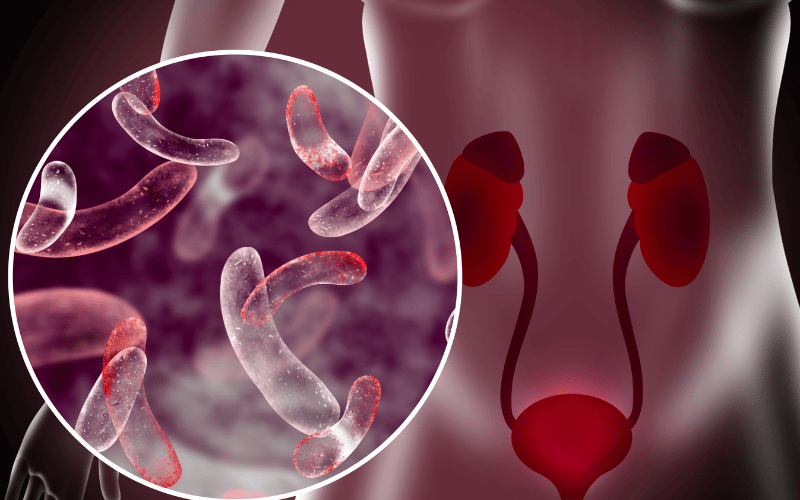Symptom 9: Frequent Infections

Frequent infections, particularly yeast and urinary tract infections (UTIs), can be a notable symptom of prediabetes in women. High blood sugar levels create an environment conducive to the growth of yeast and bacteria, leading to these recurrent infections. Yeast infections occur when there is an overgrowth of fungus, typically Candida, while UTIs are caused by bacteria entering the urinary tract. Both types of infections are more common in women with prediabetes because the excess sugar in the urine serves as a food source for these microorganisms.
The connection between high blood sugar and an increased risk of infections is well-established. Elevated glucose levels in the blood and urine can compromise the body’s natural defense mechanisms, making it easier for pathogens to grow and cause infections. Additionally, high blood sugar can impair the immune system’s response, slowing down the healing process and allowing infections to persist or recur frequently.
Symptoms of yeast infections include itching, burning, and a thick, white vaginal discharge. UTIs may present with a burning sensation during urination, frequent urges to urinate, and lower abdominal pain. It’s important for women to be aware of these symptoms and recognize their recurrence as a potential sign of prediabetes.
Treating these infections promptly is crucial to prevent complications. Over-the-counter antifungal treatments can be effective for yeast infections, while UTIs usually require antibiotic therapy. However, recurring infections warrant a deeper investigation into underlying causes, including the possibility of prediabetes.
If a woman experiences frequent yeast or urinary tract infections, it’s advisable to consult a healthcare provider. They can perform tests to diagnose the cause of these recurrent infections and check for signs of prediabetes. Addressing underlying blood sugar issues can be key to reducing the frequency of these infections. (9)